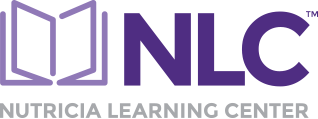A literature search on this subject points to the following recent publications:
- Saravakos P et al. Cystinuria: current diagnosis and management. Urology. 2014 Apr;83(4):693-9.
- Here is the link to the abstract: Abstract
- Mattoo A et al. Cystinuria. Semin Nephrol. 2008 Mar;28(2):181-91.
- Here is the link to the abstract: Abstract
- Knoll T et al. Cystinuria in childhood and adolescence: recommendations for diagnosis, treatment, and follow-up. Pediatr Nephrol. 2005 Jan;20(1):19-24.
- Here is the link to the abstract: Abstract
Currently, there is no consensus on nutrition management in cystinuria. Basis of the medical management is prevention of kidney stone formation through hyperhydration, urinary alkalization, and pharmacologic therapy. Some clinicians have used a low-methionine diet to reduce production of cysteine/cystine. In addition, increased fluid intake and reduction of salt has been used.
Thank you again for your question. We hope you find this answer helpful for your clinical practice.
Steven Yannicelli, PhD, RD
Disclaimer: Please note that this answer is not meant to diagnose individual patients, and that any treatment or disorder management decisions have to be taken with your own professional experience.
Tags: Cystinuria, DX

